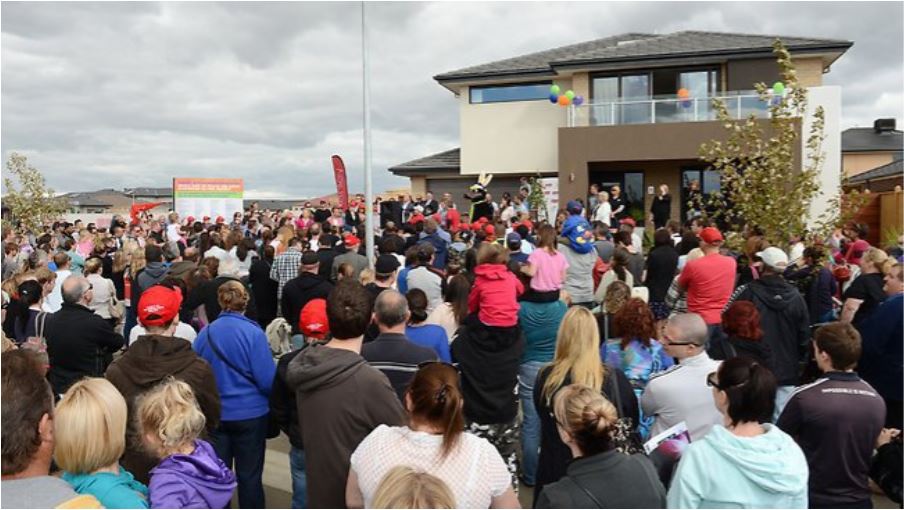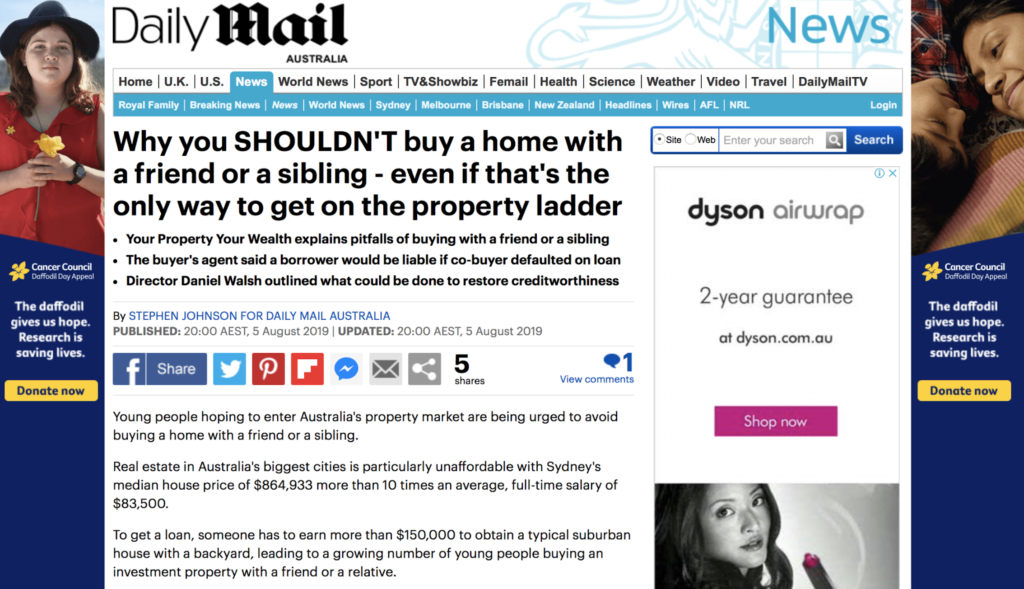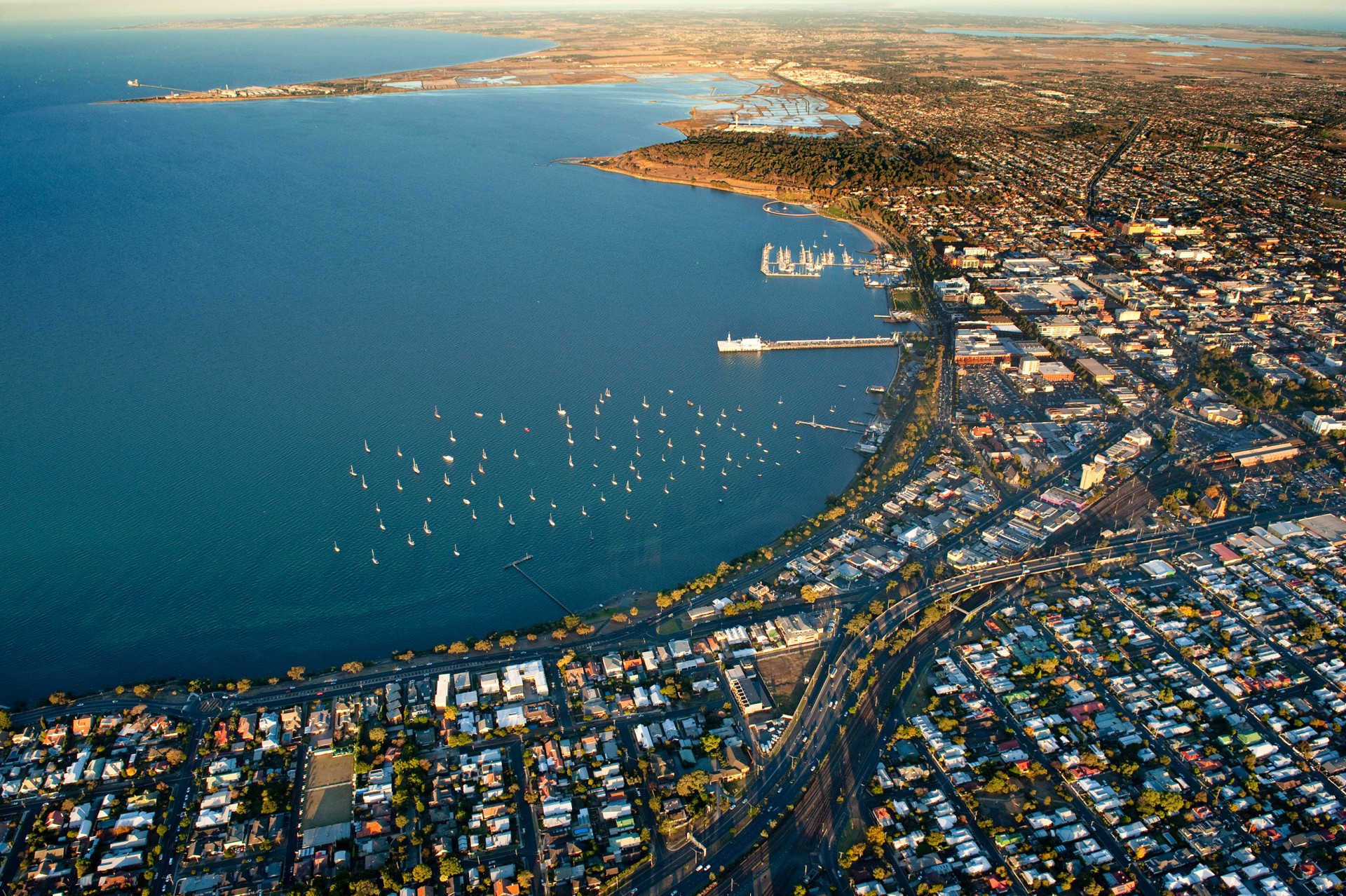For decades, most people have wanted to live close to a city, even though many could never afford to buy a house or even a unit there due to property prices.
The main reason was so they could be close to their employment, but also the inner-city usually also had most of the cool stuff to do.
Society will no doubt change significantly after the coronavirus pandemic and one of those changes will be how and where we choose to live.
Sure, some people will still want to be close to the action and are happy to rent there while, perhaps, investing in more affordable locations elsewhere.
However, with most of us experiencing remote working over the past few months, many employees, and most importantly employers, will recognise that they don’t physically need to be in the office every day of every week.
That said, offices full of staff are not going to disappear entirely, because businesses need the collaboration and creativity that comes from their people being together in the same place at the same time.
But a mix of remote and onsite working is likely to become the norm for many people and I believe that will change their property mindsets.
Lifestyle priority
Whereas, a mere few months ago, most people would struggle to consider commuting an hour or more a day for work, if they had to do that just once or twice a week, they probably will.
And that means that they will be more open to living in a house rather than a unit as well as buying in suburbs that were once considered “fringe”.
Rather than making some sort of peace with only being able to afford to buy or rent a one-bedroom unit close to a city, they will recognise that for the same price they can purchase, or lease, a three- or four-bedroom house in a leafy suburb further afield.
Such locations, previously known as “outer-ring”, were always more affordable because of their distances to city centres, which was where most people had to commute to for work reasons.
Now, though, many people won’t have to do that at all and even if they do, it may only be once or twice a week.
Who wouldn’t want to live in an area that boasts lifestyle in spades as well as oodles of open space rather than being cooped up an 50 square metre unit that has views of the next building?
What will this mean for property prices?
Our property investment strategy, both personally and professionally, has always been about buying affordable properties with superior cash flow and capital growth prospects.
While we can’t say we ever envisaged such as significant societal change as we’re about to experience, we always understood that these locations offered low-risk investment opportunities because of their affordable buy-in prices and reliable tenant pool.
Even before the coronavirus, outer-ring city suburbs and even major regional locations, were already benefitting from the work from home movement as well as their more affordable property prices.
That was simply because property prices in our two biggest capital cities had become unaffordable for most first-time buyers and investors.
Consider somewhere like Geelong, which was always second fiddle to Melbourne, but where median house prices have increased by 55% over the past five years.
A decade ago, if someone invested in Geelong people probably thought they were a little crazy, but they certainly can’t say that to anyone who has done so over recent years, like us and our many of our clients, too.
While no one knows what the future will hold post-pandemic, it’s clear that how and where we live with change, which is something that has happened every few generations.
So, perhaps, we will return to the days when the wealthy lived further from the city to make the most of the fresh air and the abundance of natural beauty.
And savvy investors who own property in those locations are the ones set to benefit the most of all.
























